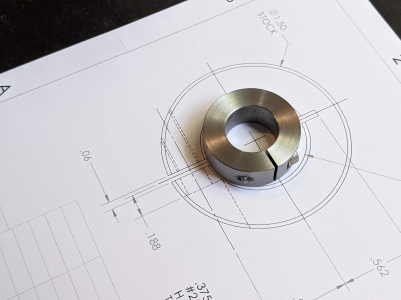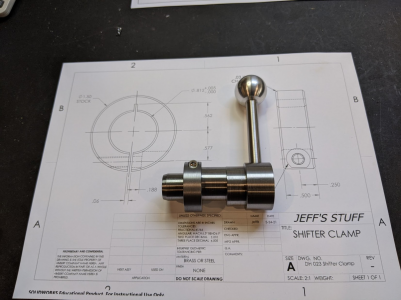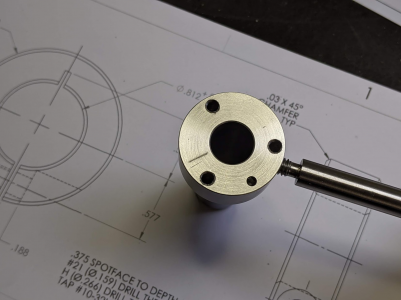I think you're going to find it rather anticlimatic once you start hobbing, and wonder if you've been measuring firewood with a micrometer.
The one I made was held by bolt through a drilled hole. The tolerance can be loose, since the hob is going to search out the starter slits you make. (Now, those DO have to be right). The wear in the fabrication process will be negligable. You'll only rotate it a couple thousand times at most, and not under that much pressure. Slather some axle grease on a post that is a wobbly fit, and go for it.

), but I'm a touch concerned about the brass...





